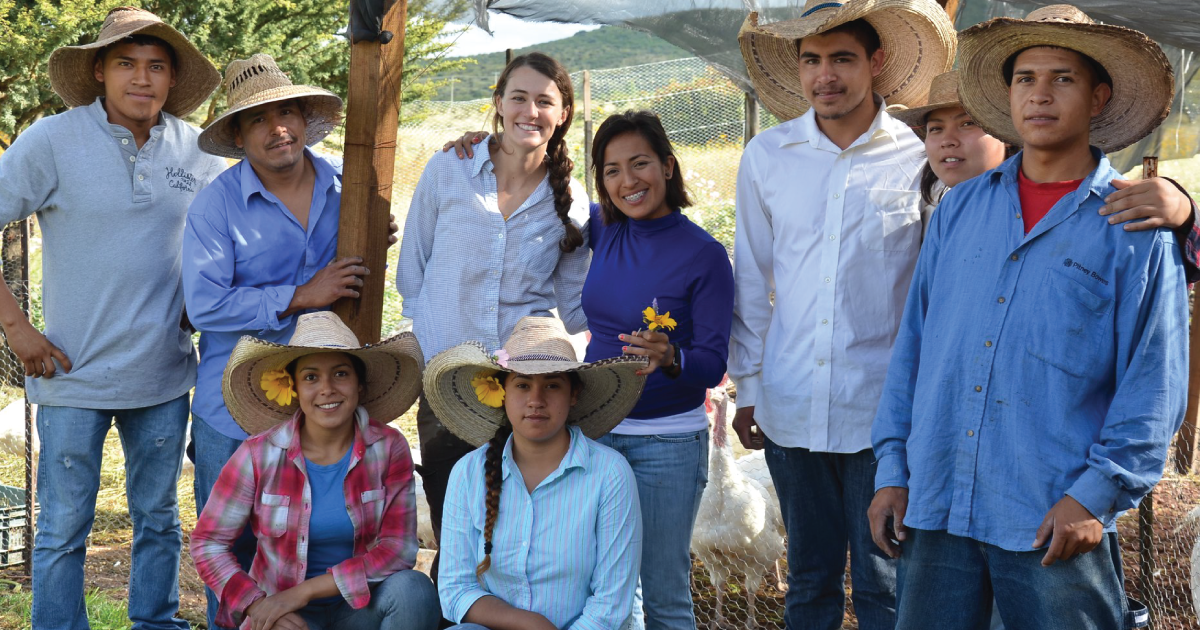
How Carbon Farming Can Help Stop Climate Change in Its Tracks
Ninety people are gathered along a trench—maybe 20 feet long, five feet deep, and three feet wide—in the Montana prairie. It’s an overcast spring day, with a cool breeze stirring the grass. Children clamber around the edges of the trench while the adults crouch or stand, listening to a woman pacing at the bottom, pointing out roots and different layers of exposed earth, talking about how the soil can save us from a climate catastrophe.
May 6, 2019 | Source: The Nation | by Wilbur Wood
New agricultural methods offer hope of restoring ecological balance.
Ninety people are gathered along a trench—maybe 20 feet long, five feet deep, and three feet wide—in the Montana prairie. It’s an overcast spring day, with a cool breeze stirring the grass. Children clamber around the edges of the trench while the adults crouch or stand, listening to a woman pacing at the bottom, pointing out roots and different layers of exposed earth, talking about how the soil can save us from a climate catastrophe. The speaker is Nicole Masters, an agroecologist from New Zealand, conducting a workshop on soil health for this audience of ranchers, farmers, and conservationists.
“Even if we stopped burning fossil fuels tonight,” Masters says, “we’d wake up tomorrow and still have 400 parts per million of carbon dioxide in our atmosphere.”
That figure has risen from approximately 280 parts per million in 1780, when the Industrial Revolution kicked in and burning coal became the way to power factories and trains.
